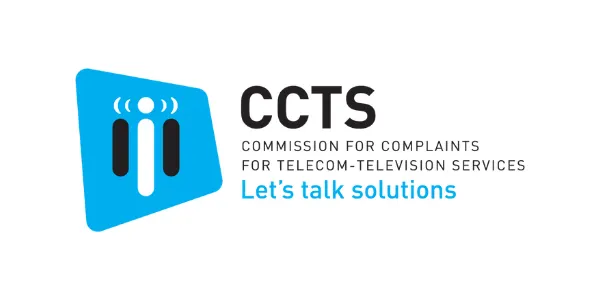Disputing a phone bill

You know what your monthly plan costs, so how come there’s a charge of $40 for “roaming”? And what’s this data overage charge? Learn what you should know in disputing your phone bill.
What you should know
If you’re surprised, first look at the bill line by line.
Do the charges appear incorrect, or just higher than expected? Have you bought extra services, dialled premium-rate numbers, or been hit with roaming charges?
Are you on a shared plan? Maybe other family members have gone over their limits.
"Roaming charges" happen when you travel. You may “roam” onto the network of another provider. This most often happens if you’re travelling outside Canada.
You can incur roaming charges just by leaving your phone turned on while travelling — some apps automatically send and receive data. Even getting a text message can trigger it. To avoid this, disable data or, total failsafe, take out your SIM card altogether.
Roaming is generally not included in phone plans, and roaming rates are typically high. Most providers offer roaming packages or add-ons that you can buy before you travel.
You have rights related to roaming
Your provider must notify you, at no charge, when your device is roaming. The notice must clearly explain the voice, text and data charges while roaming — no generic text messages here, they have to get specific!
The good news is that the days of returning from vacation to find a thousand-dollar roaming bill in your mailbox are over. Roaming charges are now capped at $100 per billing period.
Your provider has to send you a text when you hit that limit, asking if you’ll consent to additional charges. You can only get charged over $100 if you say yes. (If you don’t respond, you won’t be able to use data until your next billing cycle.)
Unexpected data charges
Like roaming charges, data overage charges have a cap. It’s $50 within a single billing period, unless you explicitly agree to pay additional charges.
If you’re on a shared or family plan, only the account holder or someone they authorize can consent to any additional charges.
If your phone was lost or stolen and someone else runs up a big bill on your phone, you’ll usually have to pay for the use of the phone up until the moment you notified your provider. Once you notify your provider, they must immediately suspend your service, at no charge. You can’t be billed for any use after that. Learn more about your rights if your phone is lost or stolen.
If you’re planning to dispute your bill, you may get charged late fees for not paying on time.
If your account balance exceeds $50 or has been past due for more than two months, your provider can disconnect your service. But they’ll have to warn you, normally at least twice, before doing this.
Take action
Who can help

Commission for Complaints for Telecom-television Services
CCTS deals with cellphone, TV and internet service complaints.
This information from People’s Law School explains in a general way the law that applies in British Columbia, Canada. The information is not intended as legal advice. See our disclaimer.
Related
On Dial-A-Law
Dial-A-Law has more information on Cellphones in the section on Consumer.

